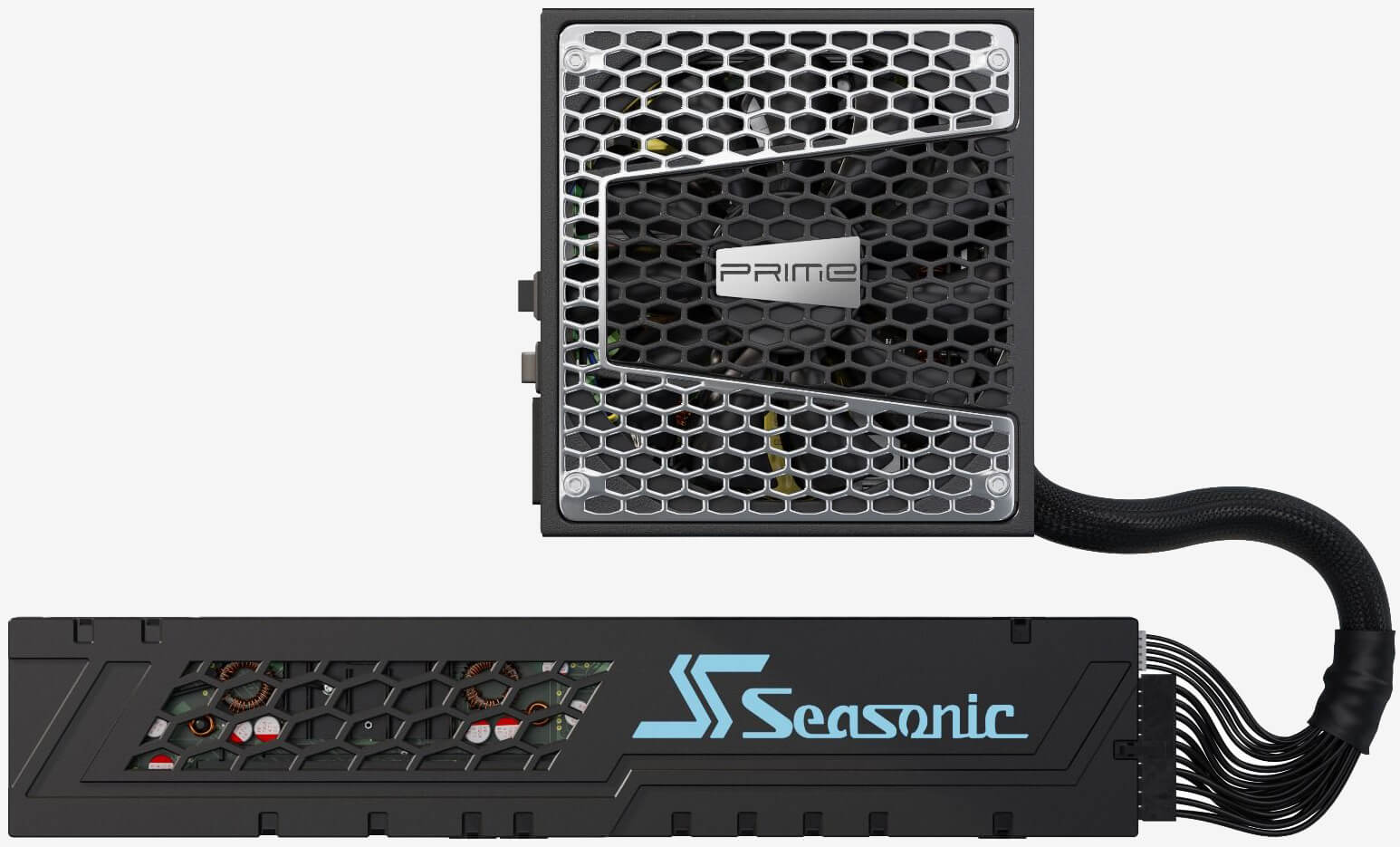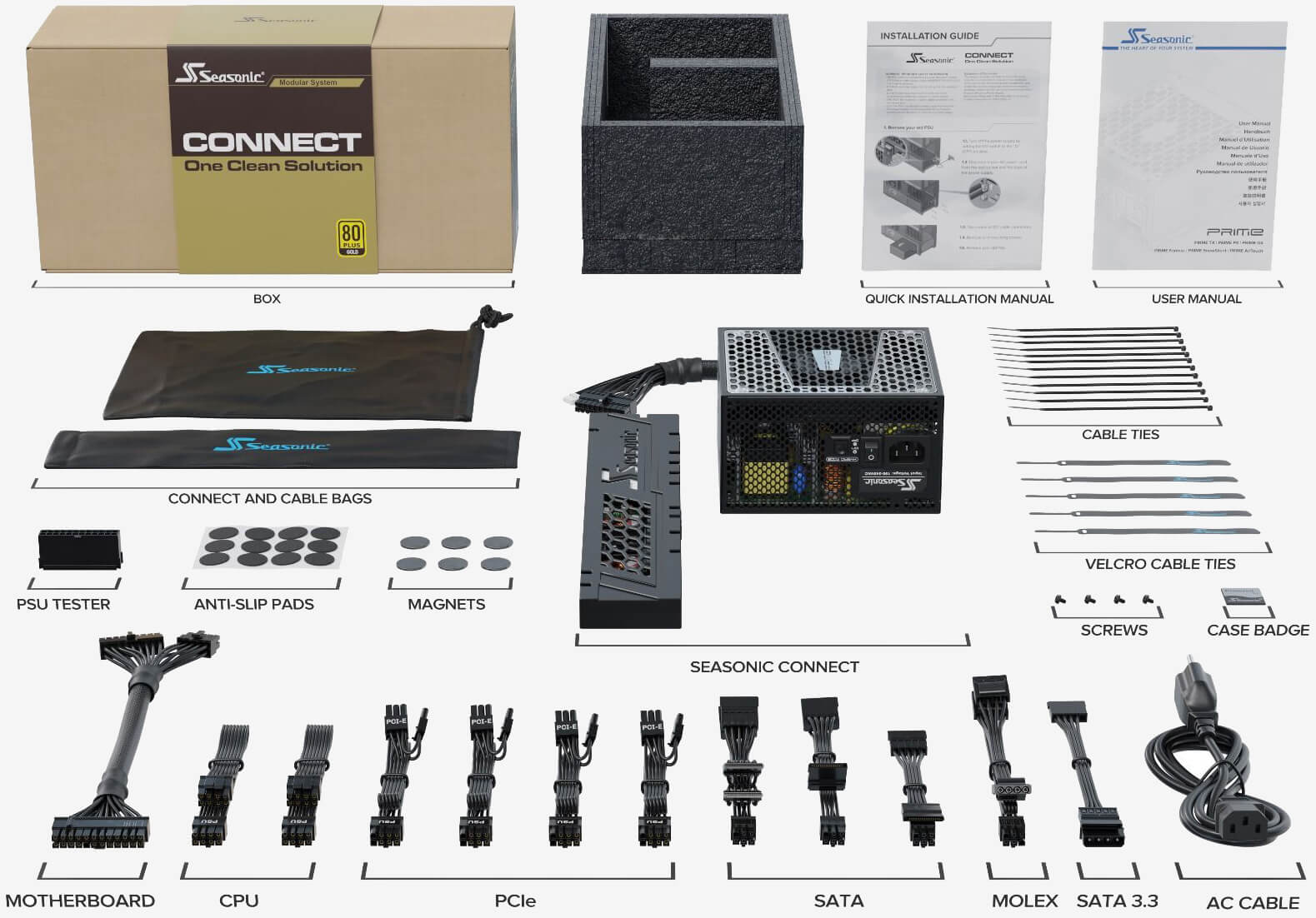Something to look forward to: Cable management sticklers could soon have a new tool in their arsenal to help keep their cases as tidy as possible. The SSR-750FA Connect power supply from Seasonic relocates the modular connections found on a typical PSU from the unit itself to a hub designed to be nestled in an inconspicuous location, like behind the motherboard tray.

The SSR-750FA Connect is a 750W unit carrying an 80-Plus Gold certification and an impressive 10-year warranty. It utilizes what Seasonic calls its premium hybrid fan control system meaning the cooling fan remains inactive (and silent) until the PSU load surpasses 40 percent.
The main brick measures 140 mm (L) x 150 mm (W) x 86 mm (H) but it’s the Connect hub that you’ll likely be most concerned with. At 330 mm (L) x 64 mm (W) x 21 mm (H), it’s not exactly small, so you’ll want to make sure it’ll work with your intended application before purchase.

The kit comes with everything you’ll need for installation including a full complement of modular cables with gold-plated connectors, Velcro and zip ties, magnets to attach the hub to your case and even a PSU tester.
Those who prefer hardwired PSUs due to reliability concerns aren’t likely to be interested in this offering but for builders with more lax requirements, it could be a viable option to help with cable management.
Seasonic hasn’t yet shared a release date or pricing details on the SSR-750FA Connect. If you are interested in learning more, feel free to check out Seasonic’s product page.
https://www.techspot.com/news/84299-seasonic-experiments-psu-hub-improve-cable-management.html